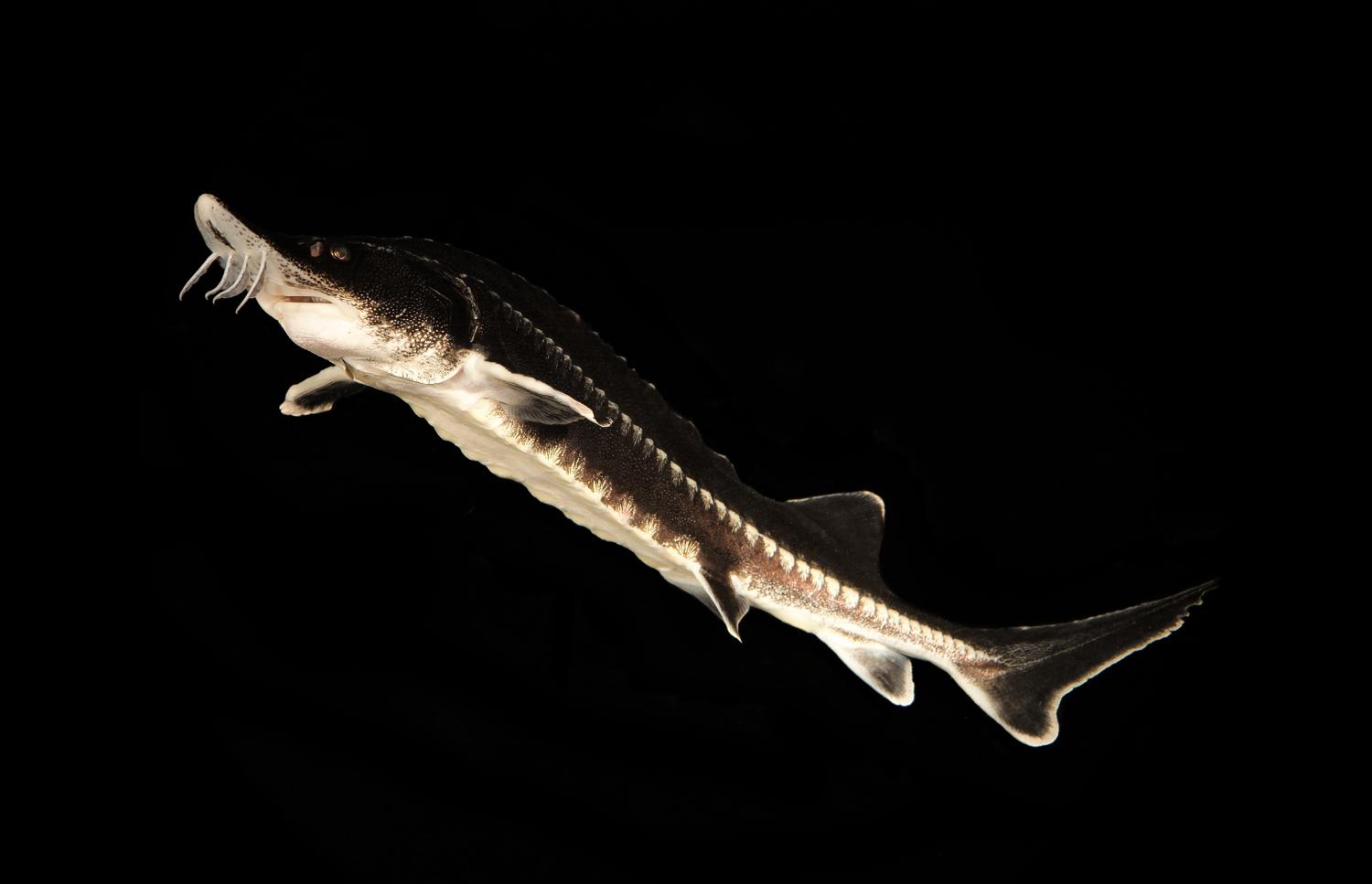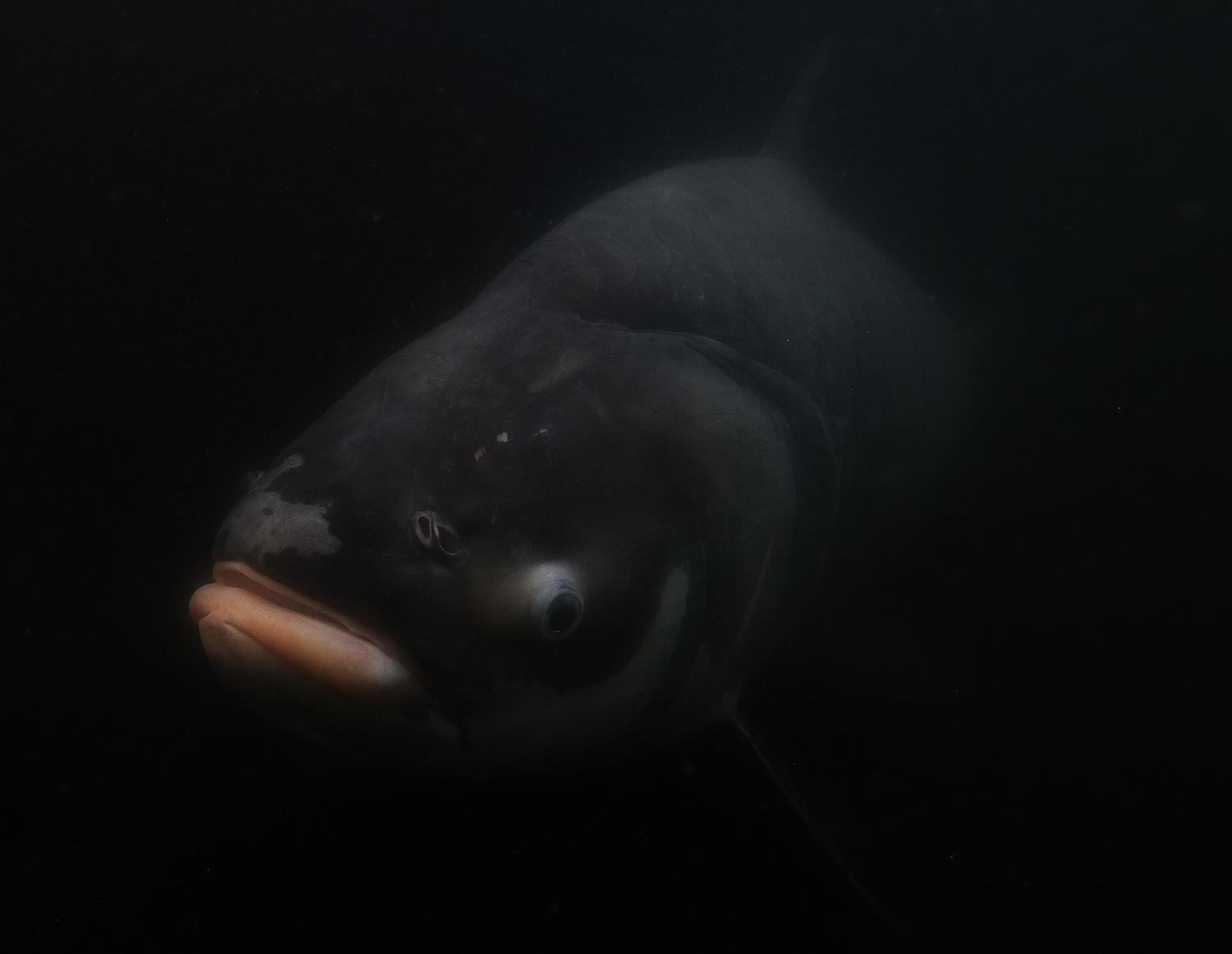News
06.12.2019
Dams endanger freshwater biodiversity
University of Tübingen study identifies dam projects which hit ecosystems hardest
Inland waters are among the most diverse ecosystems in the world, comparable to tropical rain forests and coral reefs. Yet rivers and lakes are particularly at risk. An unprecedented rise in the construction of dams is putting additional pressure on freshwater habitats whose unique biological diversity is already experiencing global decline, often exceeding that seen in marine and terrestrial environments. An international team of researchers headed by Professor Christiane Zarfl of the University of Tübingen’s Center for Applied Geoscience has now completed a study identifying those regions of the world where the diversity of freshwater species could be most threatened by dams.
Working with partners including the Institute of Environmental Systems Research Osnabrück, the Leibniz Institute for Freshwater Ecology and Inland Fisheries in Berlin and the International Union for Conservation of Nature (IUCN) investigated the locations of major dam projects both planned and under construction worldwide. It mapped the occurrence of freshwater megafauna species and the threatened species among them. Freshwater megafauna are defined as all animal species that live predominantly in rivers, lakes or floodplains and weigh 30 kilograms or more, such as river dolphins, crocodiles, giant salamanders and sturgeon. This enabled the team to classify future sites of dams according to their potential impact on these species. The findings point to possible conflicts between the mitigation of climate change and the conservation of freshwater species.
Hydroelectric dams are an established technology for generating electricity which many governments are promoting as a means of mitigating climate change - being a no-carbon source of renewable energy. The scale of this development is enormous, with more than 3,700 medium and large hydroelectric plants currently under construction or planned worldwide. Dam construction is booming, particularly in South America, the Amazon and La Plata river basins, southern and eastern Asia, the Ganges-Brahmaputra and Yangtze basins, and in Africa. This is due to the high potential for hydroelectric power to boost industry and development in the countries of the Global South. In Europe, the Balkan region is particularly affected by the expansion of dams; it is also the most biodiverse region in Europe.
Although hydroelectricity contributes to the wellbeing and livelihoods of millions of people, it also has significant impacts on water-linked ecosystems. These impacts include conflicts on governance and use of water and power, changes in sediment transport, deterioration of water quality and flow, and altered and fragmented habitats for freshwater animals. Dams impact unique freshwater megafauna, blocking migration routes for megafishes such as sturgeon and giant catfish, impeding access to spawning and feeding grounds and reducing or damaging the habitats of freshwater species both upstream and downstream of the dams. Dams are identified as one of the causes of a global decline in freshwater megafauna, including threatened species such as the Indus dolphin, the Chinese sturgeon and other sturgeon species.
In the current study, freshwater megafauna species were used as a proxy to determine the overall status of freshwater biodiversity. It is assumed that the loss or decline in the megafauna indicates a decline in the smaller, less charismatic species. The scientists compared planned sites for dams worldwide with the mapped distributions of megafauna species with particular focus on the threatened species. They were thus able to categorize dams by their likely impacts on the diversity of freshwater species, and to quantify in which regions ecosystems and biodiversity may be most impacted. The analyses were conducted at the scale of river catchments including the main stems of rivers and their tributaries, as dams will often impact the entire catchment area. The researchers found that many of the planned dams are to be built in areas with the greatest diversity of freshwater megafauna, such as the Amazon, Congo, Mekong and Ganges basins.
These results can be used to identify those dams most likely to impact the sustainable management of river basins as biodiverse ecosystems. “Avoidance or mitigation of impacts to freshwater biodiversity must be considered throughout the decision-making process on proposed and existing dams,” says Christiane Zarfl, "so that climate change mitigation is not at the expense of freshwater biodiversity.”
Publication:
Zarfl C., Berlekamp J., He F., Jähnig S.C., Darwall W., Tockner K.: Future large hydropower dams impact global freshwater megafauna. Scientific Reports. DOI 10.1038/s41598-019-54980-8
Contact:
Professor Dr. Christiane Zarfl
University of Tübingen
Center for Applied Geoscience – Environmental Systems Analysis
+49 7071 29-76076
christiane.zarflspam prevention@uni-tuebingen.de
Contact for press:
Eberhard Karls Universität Tübingen
Public Relations Department
Dr. Karl Guido Rijkhoek
Director
Antje Karbe
Press Officer
Phone +49 7071 29-76789
Fax +49 7071 29-5566
antje.karbespam prevention@uni-tuebingen.de
www.uni-tuebingen.de/en/university/news-and-publications


